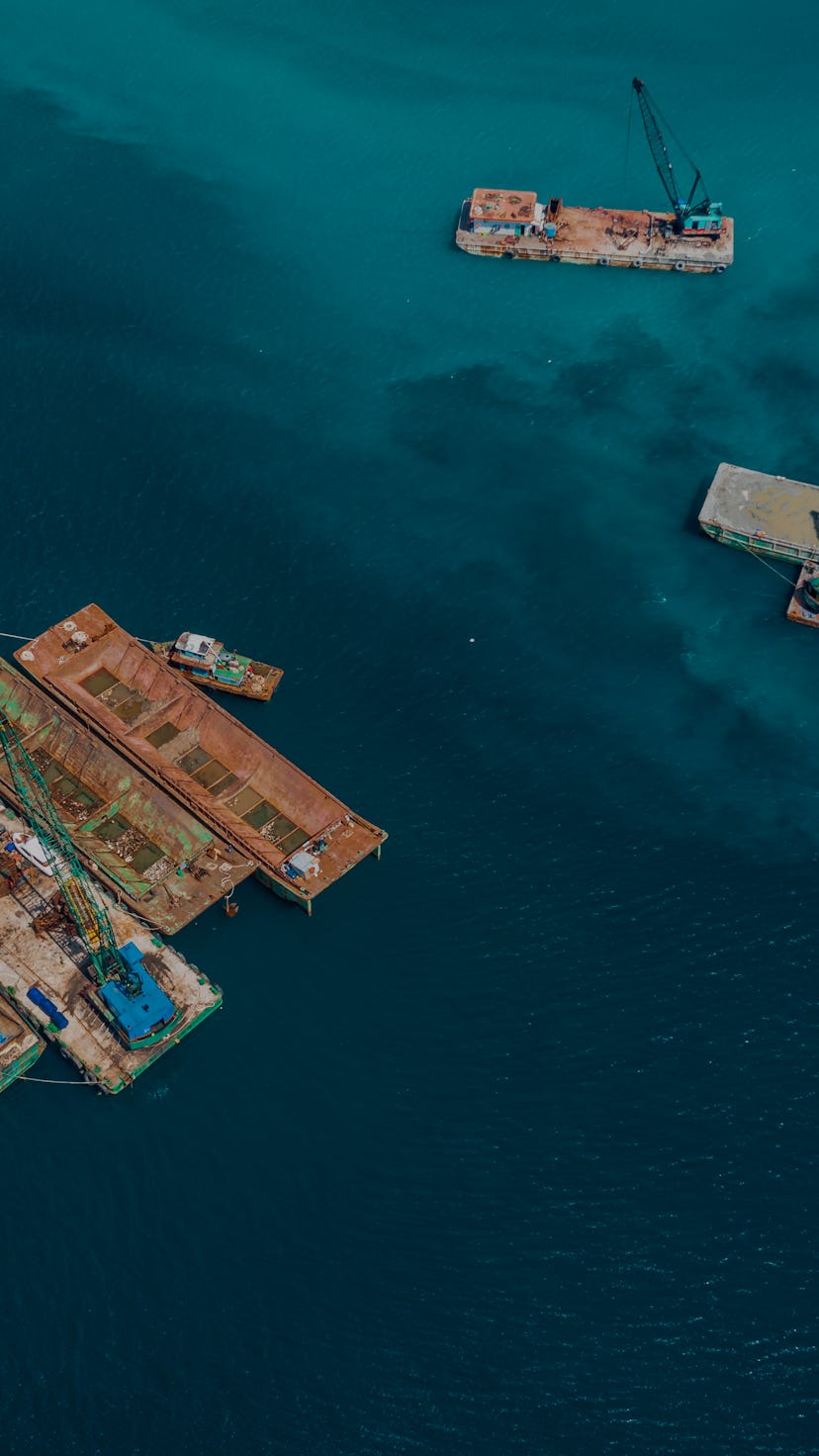Our online shopping habits are destroying the planet
A new report found that shipping containers from Amazon, Walmart, Target, and IKEA are causing massive amounts of pollution.

Online shopping might keep you from having to drive to the store and fight off the crowds, but all those things you buy don’t just manifest out of 1s and 0s through fiber optic cables. They have to be shipped across oceans just to get to you, and the process is creating a ton of greenhouse gas emissions. According to a new report published by Pacific Environment and supply chain research group Stand.earth, the shipping practices of just four retailers — Amazon, Walmart, Target, and IKEA — have added more than 20 million tons of carbon dioxide to the atmosphere over the last two years.
The ongoing COVID-19 pandemic has caused a massive uptick in online shopping since 2020, with global e-commerce increasing by nearly 20%. Cyber Monday in 2020 was the biggest online shopping day in U.S. history, and shoppers spent $109.8 billion online in the month of November alone this year. Big box stores in particular have seen significant spikes in online purchases. To keep up, they’re shipping more goods than ever, relying largely on container transportation companies to bring their products across oceans and to U.S. shores in order to keep up with consumer demand — and many of those companies operate inefficiently, while showing a disregard for reducing emissions.
Nearly 90% of all global trade is transported via sea, and just a few shipping companies dominate the waterways, forming partnerships with big retailers to keep supply chains running — and oh, do the retailers give them plenty to do. Walmart, for instance, has a relationship with French transporter CMA CGM — which just happens to be the biggest shipping polluter in the world, according to the report. CMA CGM accounts for 33% of all shipping emissions tied to Amazon, Walmart, Target, and IKEA — including a whopping 68% of Walmart’s emissions.
Target counts primarily on Asian shipping companies like Yang Ming, Evergreen, and Cosco, which deliver the retailer’s supplies to the West Coast. Amazon, likewise, relies heavily on routes that go from China to the West Coast. As a result, ports on that side of the U.S. are clogged, resulting in longer wait times for other shipping efforts and creating a serious pollution problem. As these ships idle, they release harmful air pollutants, including particulate matter, nitrogen oxide, and sulfur oxide. This has put the surrounding communities at risk. According to a recent study conducted by South Coast Air Quality Management District, port towns are in the 99th percentile for cancer risk due to these pollutants.
Of the four major big box polluters, IKEA is the one company trending in the right direction. According to the report, the company has leaned more heavily on rail transportation — rather than inefficient ocean shipping routes — to get its products from China to Europe. To serve North America, IKEA has shortened its shipping routes by delivering to the East Coast and avoiding the West Coast pileup.
But while IKEA might be doing better than the others, there is still way more work to be done. Container shipping accounts for as much as 3% of the world’s total greenhouse gas emissions. If international shipping was a country, it would be the six-largest polluter on the planet. The industry needs to change and decarbonize — and fast. Some companies have agreed to reach net-zero emissions by 2050, but as demand for goods increases, the pressure for needing change will rise. It might take a long time to turn around a tanker, but we need to act fast.